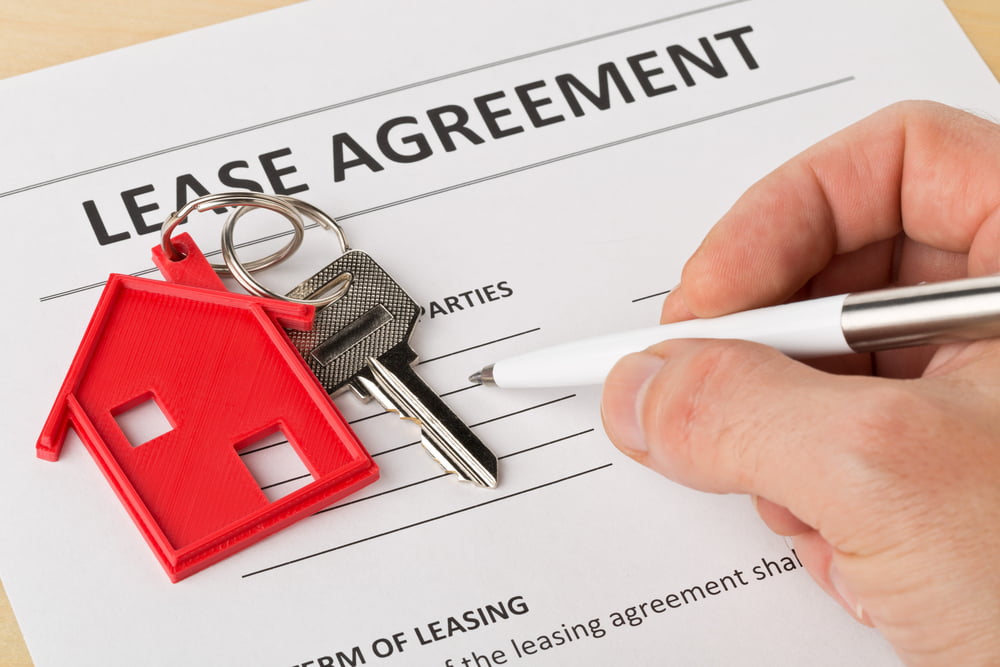
When renting a place to live, you can consider a variety of different types of leases. Most leases are either a periodic lease, fixed-term lease or sublease. It’s important to know the best uses of each one before signing on the dotted line.
Each has its pros and cons, depending on your situation. If you are moving to a new city and looking for a place to rent before eventually finding a place to buy, understanding what lease works best for you is critical.
Different Types of Leases
The following provides an overview of the different types of leases and the circumstances under which you might use them.
Periodic Leases
Often referred to as a “month-to-month” lease, a periodic lease allows both the renter and the landlord to terminate a lease at any time if they give proper written notice. Typically, the notice period is 15 days to 30 days. The lease automatically renews each month. That means that a landlord could raise the rent at any time if they meet any notice requirements in the lease.
When to use one: Periodic leases work well if you know you will only need to live in the apartment for a short period of time. But you always must remain aware the landlord could end the lease at any time.
Fixed-Term Lease
This is the most common form of lease. It involves signing a lease in which you agree to pay the landlord a set amount for rent each month for a set amount of time. It locks in the rent at a certain rate. Typically lease lengths are for one year, although some are as short as six months. If you decide to move before the lease period expires, you will likely have to find another tenant or pay a hefty fee.
When to use one: The fixed-term lease is perfect if you know how long you want to stay in a location. Everything is negotiable in a fixed-term lease plan if you deal with an individual owner, including the length of the lease, the amount, and the terms under which the lease can be ended. For larger, corporate-owned apartments, you will likely have to pick from a menu of pre-set options in terms of length of lease and rental rate.
Sublease
A sublease involves leasing the apartment you are already leasing to someone else. Doing so requires permission from the landlord. In some cases, the landlord may not get involved with a sublease to a third party, but they still must give the OK for the deal. Even if not directly involved, most landlords will require drawing up a legal sublease between the original renter and the third party renter who subleases.
When to use one: Subleasing is a tricky business. For example, in most cases the original renter is still on the hook to make sure the rent is paid, and the apartment is kept in good condition. Fewer landlords allow a sublease than ever before. But it can be helpful if the original tenant must move but wants to either hold onto the apartment or not break a fixed-term lease contract.
What Happens If You Break a Lease?
No conversation about leases is complete without mentioning this issue, which is one of the most frequent issues renters bring up. The answer is: it depends. Read the lease carefully before signing it. It will contain detailed information on the penalties if you break a fixed-term lease early. These amounts can vary a great deal depending on the landlord.
If the penalties are high and you have concerns about staying in the apartment for the whole term of the lease, then consider a periodic lease. Going to month-to-month usually means paying more in monthly rent, but it can save you in the long run if you think there is a strong chance you will move within the year.
No matter what type of lease you get, make sure to read every word carefully so there are no surprises. And remember that everything is negotiable, so try to negotiate a lease that best fits your future plans.

